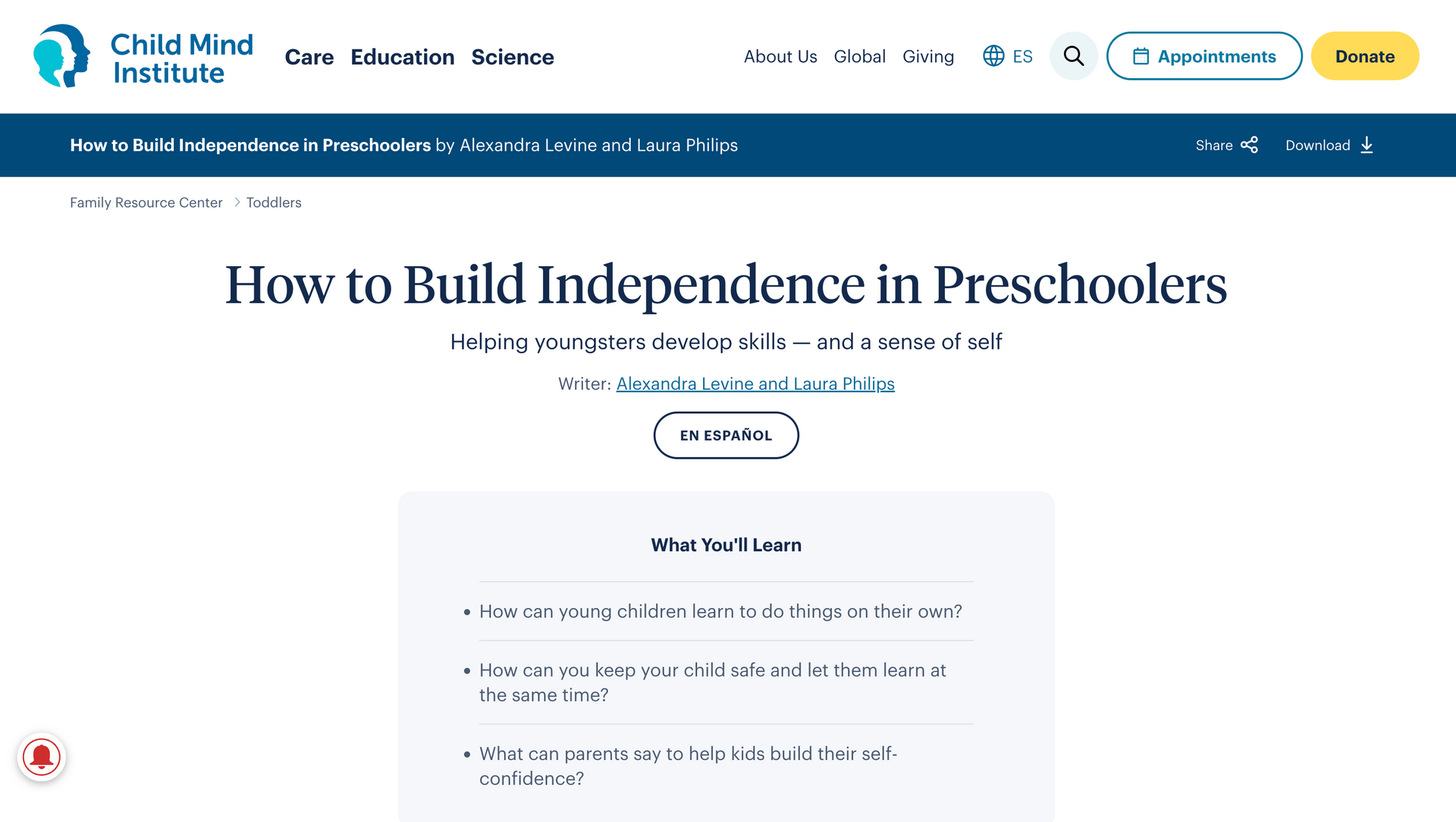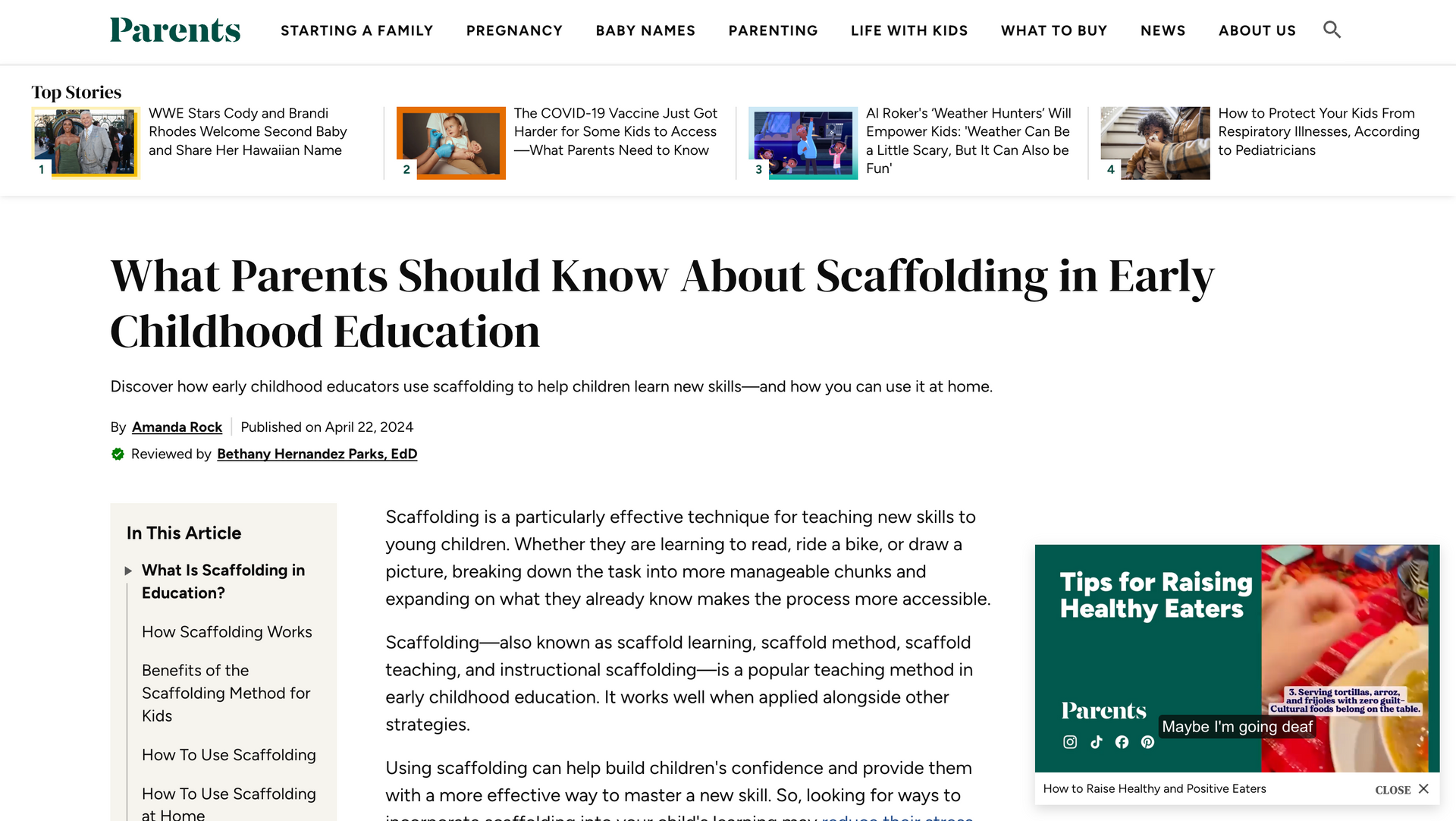Helping Children Build Independence at Home
One of the greatest gifts caregivers can give children is the ability to be independent. Encouraging independence does not mean stepping away completely.
It means supporting children as they learn to take responsibility for small tasks, make choices, and grow in confidence. These experiences prepare them for challenges outside the home and help them develop important life skills.
Why Independence Matters
Building independence helps children:
- Develop problem-solving and decision-making skills
- Gain confidence in their own abilities
- Learn responsibility and accountability
- Strengthen resilience when facing setbacks
- Feel a sense of pride and accomplishment in their efforts
Children who practice independence early often adjust more easily to new environments like school, sports, or social groups because they have learned how to rely on themselves.
Start Small and Age-Appropriate
The key to encouraging independence is starting with tasks that match your child’s age and ability. Some examples include:
- Young children can put toys away, help feed a pet, brush their teeth with supervision, or choose their own clothes.
- Elementary-age children can set the table, help with simple cooking tasks like measuring or stirring, manage their homework routine, or pack their backpack for the next day.
- Older children and teens can do laundry, prepare meals, take care of household chores with minimal reminders, or manage more responsibility for their schedules and commitments.
Gradually adding new responsibilities as children grow allows them to build skills step by step.
Encourage Problem-Solving
When children face challenges, it can be tempting to jump in right away and solve it for them. Instead, try asking guiding questions such as, “What do you think we should try first?” or “What might happen if we did it this way?” These types of prompts encourage children to think critically, weigh options, and trust their judgment. If they make mistakes, use it as a teaching moment instead of rushing to fix it.
Celebrate Effort, Not Just Results
Children may not always get tasks right the first time, and that is part of the learning process. Celebrate their effort, persistence, and willingness to try even when things do not turn out perfectly. Positive reinforcement, such as saying, “I’m proud of how hard you worked on that,” helps them feel encouraged to keep practicing. Focusing on effort rather than outcome shows children that growth comes from trying and learning, not just succeeding.
Create Consistent Routines
Independence thrives on consistency. Simple routines for morning, after school, and bedtime give children a clear structure where they know what’s expected of them and what they can do on their own. For example, a morning checklist such as brush teeth, get dressed, pack lunch, put on shoes. This helps children take ownership of their day. Over time, these routines reduce the need for constant reminders and build confidence in handling responsibilities independently.
Model Independence
Children watch how caregivers handle tasks, choices, and responsibilities. By modeling independence, whether it is planning your day, making healthy choices, or calmly solving problems; you show them what independence looks like in everyday life. Let them see you set goals, make mistakes, and keep trying. Demonstrating independence makes the concept more real and attainable for children.
Final Thoughts
Encouraging children to be independent is a gradual process that grows with consistency and support. By starting small, giving them responsibility, and celebrating their progress, caregivers help children build the confidence and life skills they need for the future. Independence nurtured at home becomes a foundation for success in school, friendships, and eventually adulthood.
Looking for more simple, supportive tools for the loved ones in your care? Enjoy these additional resources and explore our blog for ideas that help you nurture connection, one moment at a time. Or, Join our mailing list where we share more resources that accompany our blog posts.
Join Our Mailing List












